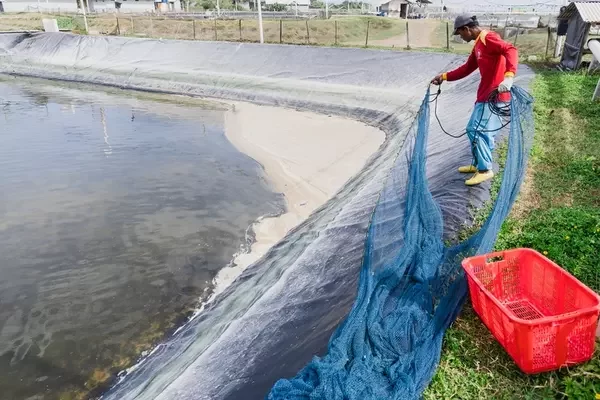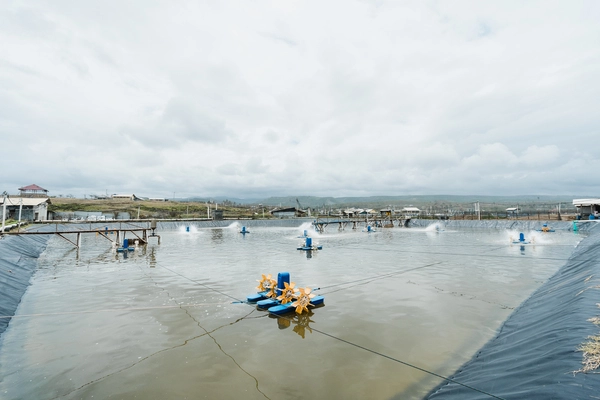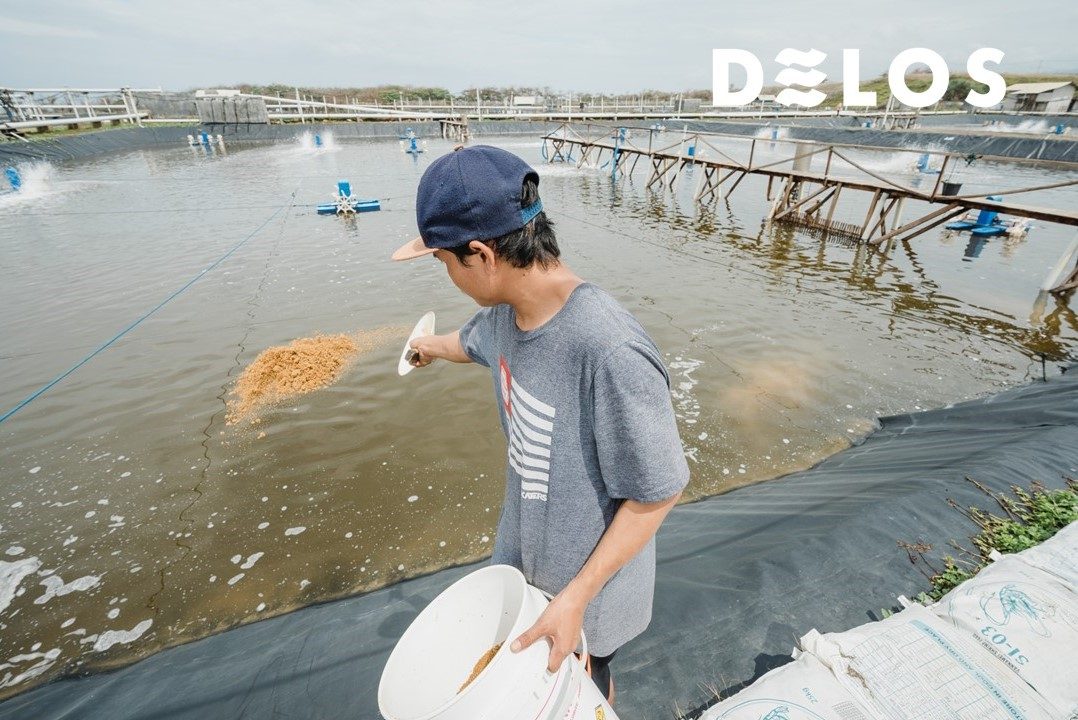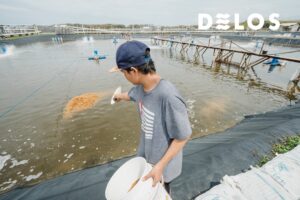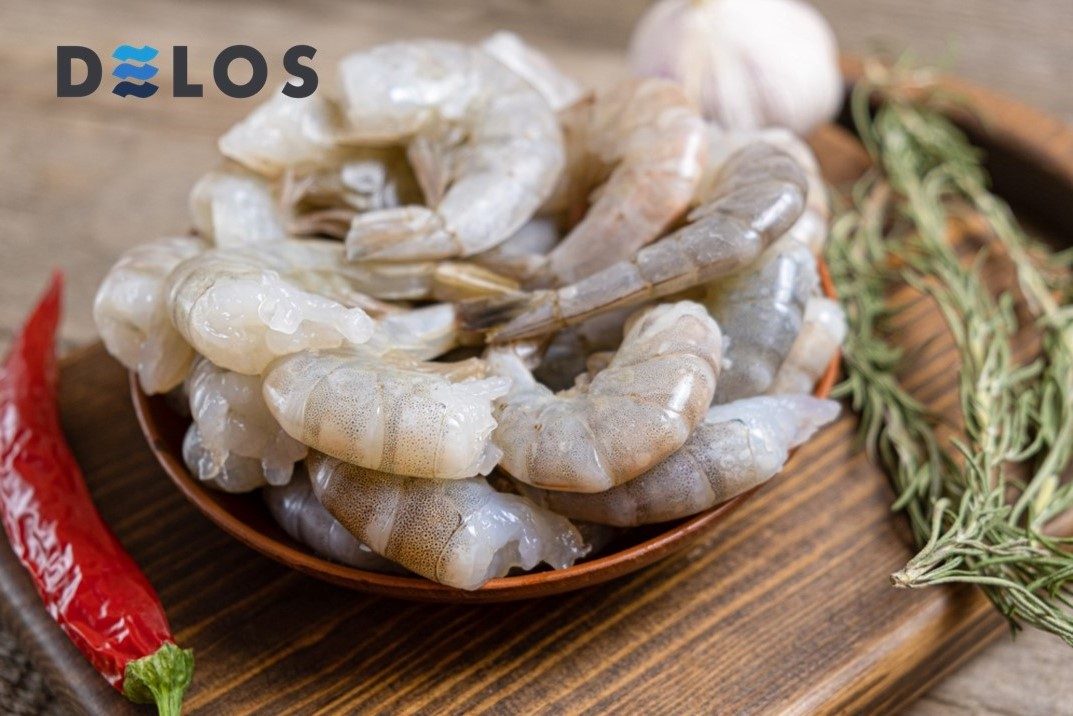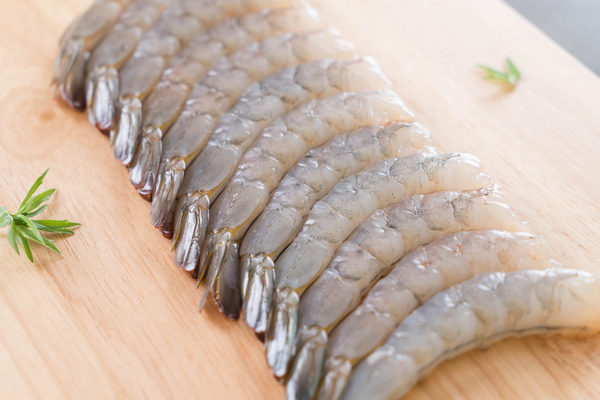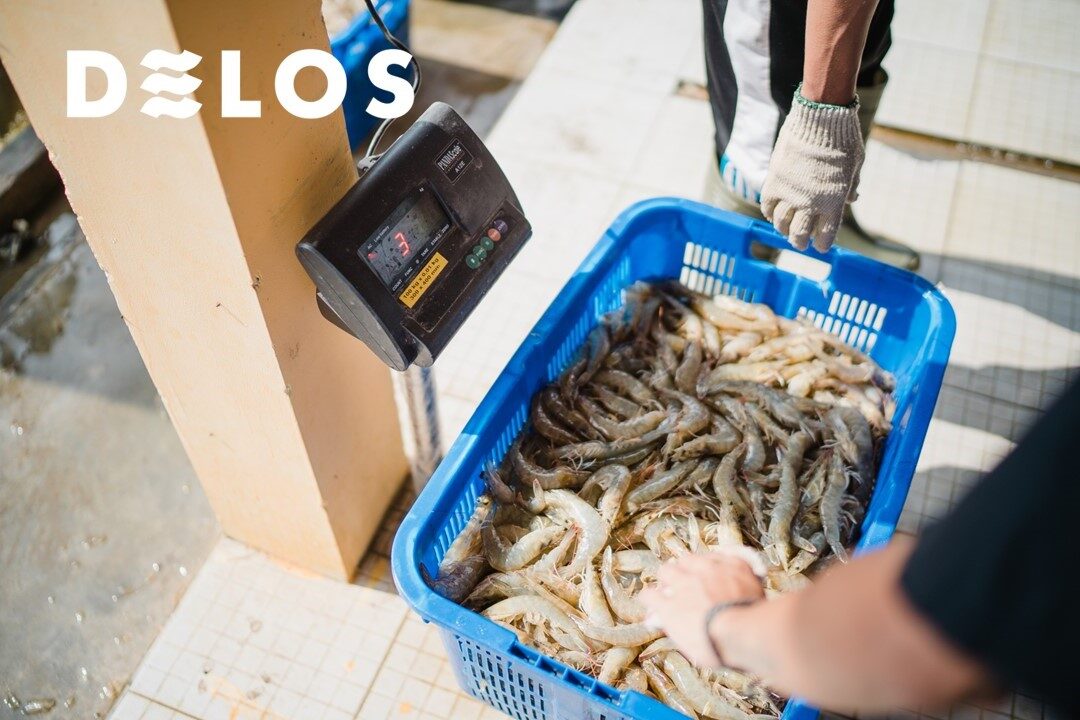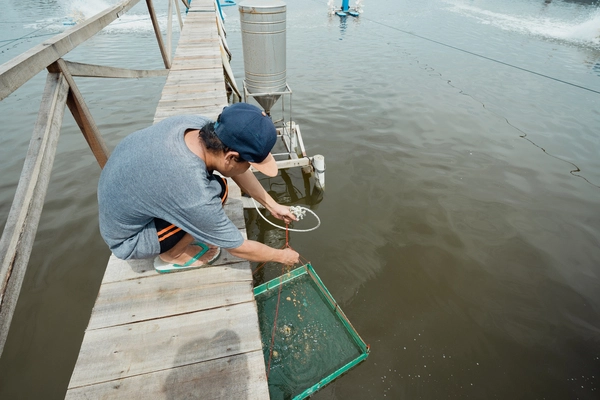Vannamei Shrimp Salinity and How to Control Its Stability during Cultivation
Vannamei shrimp salinity is an essential factor that must be considered when cultivation occurs. This is because salinity significantly impacts the health and growth of shrimp in ponds.
Vannamei shrimp, also known as white leg shrimp, are shrimp native to the Pacific Ocean that can tolerate various levels of salinity. However, the optimal salinity for vannamei shrimp is around 15-25 ppt with a pH level of 7.5-8.5.
If the water salinity is too high, vannamei shrimp can become stressed, and their growth will be less than optimal. On the other hand, if the salinity is too low, the shrimp cannot absorb enough oxygen resulting in respiratory problems.
So, for those who want to know more about vannamei shrimp salinity and how to control its stability during cultivation, check out the following article.
Also Read: How to Cultivate Vannamei Shrimp from Preparation to Harvest
What is Water Salinity?
Water salinity refers to the amount of salt content in seawater, river water, or lake water which is calculated in ‰ (thousand/ppt). For vannamei shrimp, the optimal range of water salinity is around 15-25 ppt which allows the shrimp to absorb sufficient oxygen.
The salinity of vannamei shrimp must be monitored and tested regularly during cultivation. This aims to ensure that the salinity rate remains within the optimal and stable range.
If the salinity is too high, it can be reduced by adding fresh water to the system. Meanwhile, if the salinity is too low, it can be increased by adding a brine or salt mixture to fresh water.
Also Read: This is The Best Water Color for Vannamei Shrimp Pond
How to Control the Stability of Pond Water Salinity
Maintaining the stability of vannamei shrimp salinity during cultivation is very important. This is because the saltiness of the water directly affects the health and growth of shrimp.
For vannamei shrimp, the ideal water salinity is around 15-25 per thousand (ppt). At this salinity level, vannamei shrimp can absorb sufficient oxygen through their gills and are less likely to experience stress or disease.
To ensure that the salinity of the water is at the proper level, farmers need to test and monitor the water regularly using a salinity meter or hydrometer.
Usually, the best time to measure salinity is in the morning and evening. Because, at these times, the salinity can change due to the influence of water evaporation by sunlight. In addition, when it rains, there is usually a decrease in the salinity due to the volume of rainwater entering the pond.
Not only that, but farmers also have to keep the water clean and have a stable dissolved oxygen content. This is so that the growth and health of the shrimp are appropriately maintained.
If the vannamei shrimp salinity is too high during the measurement, the farmer can anticipate this by adding fresh water up to the initial height before evaporation occurs.
Meanwhile, farmers can dispose of fresh water on the pond’s surface if the water salinity is low. This is because freshwater has a lower density than salt water, so freshwater is on the pond’s surface.
By following these guidelines and properly managing water salinity, shrimp farmers can help ensure the health and growth of their vannamei shrimp, leading to higher yields and profits.
Also Read: Do These 5 Things for Succesful Vannamei Shrimp Cultivation
Vannamei Shrimp Cultivation More Productive with DELOS
Overall, proper management of water salinity is essential for successful vannamei shrimp farming. By maintaining adequate salinity levels, shrimp farmers can help ensure the health and growth of their shrimp, resulting in higher yields and profits.
To make your vannamei shrimp farming easier, DELOS offers Farm Management to manage your shrimp ponds. DELOS is the best science, technology, and operational management-based aqua-tech company that can help your vannamei shrimp farming succeed.
DELOS Farm Management is also integrated with the AquaHero application, making it easy for every farm owner and personnel to monitor their shrimp ponds daily.
Also, DELOS has an integrated supply chain program, DELOS AquaLink, which can help you get and sell pond products at the best price and quality.
Contact the DELOS Team via contact@delosaqua.com or submit your questions about vannamei shrimp farming through our website contact column at www.delosaqua.com. Make successful vannamei shrimp farming with DELOS!




